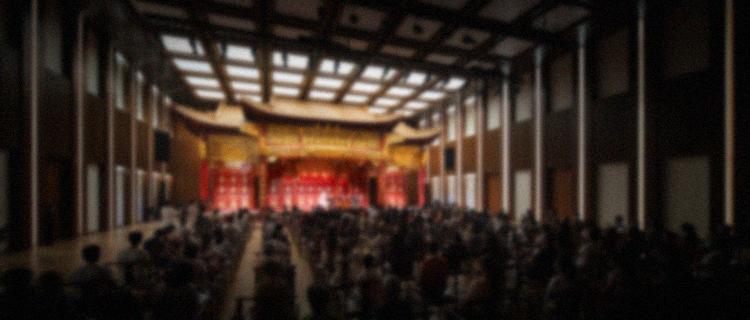Wang Chenyang: Living inheritance of ICH must be closely connected with the people's production, life
2024-05-27Intangible cultural heritage (ICH) has always been in a process of recreation through continuous interaction with history and nature, said Wang Chenyang.
Wang, Party secretary of the Chinese Traditional Culture Museum (CTCM), made the remarks on May 24 at the Sub-forum on Holistic Protection of Cultural Heritage and Safeguarding Living Heritage during this year’s Forum on Building up China’s Cultural Strength in Shenzhen, Guangdong province.
At the sub-forum, experts and scholars from various fields exchanged views and experiences on the protection and inheritance of cultural heritage. Terms such as living and vitality became frequent.
Wang believes that ICH has been constantly innovating and inheriting over the course of history, with protection and inheritance being two sides of the same coin.
"The importance of intangible cultural heritage lies not in how much history it has, but in how much of its original cultural genes are still preserved, how many cultural traditions are retained, and whether they can continue to develop with a new face and vitality. This is the standard by which we measure the value of ICH," he said.
"Since the 18th National Congress of the Communist Party of China, we have comprehensively promoted the living inheritance of ICH, adhering to the concepts of 'the people's ICH, shared by the people' and 'seeing people, seeing things and seeing life'. This is not about 'museumifying' intangible cultural treasure or putting it on a pedestal, but about connecting it closely with the people's production and life. Only when society needs and people enjoy it can it continue to develop and generate more internal momentum."
In the digital age, utilizing new means and methods for dissemination is also an important aspect of assisting in the living inheritance of the cultural heritage, he added. "We need to tell good stories about it, let everyone know about its rich connotations, understand the cultural creativity passed down by our ancestors, and let the public learn about intangible cultural heritage in these stories and in the vivid reality, shaping it into something participatory, learnable and perceptible."
Wang said the integration of ICH and tourism is natural. “In this process, people experience not only the beauty of nature, but also the beauty of humanity, feeling a different atmosphere of life. At the same time, people experience human creativity through cultural heritage in tourism, which I think is very important."
Tourism also provides more scenes and possibilities for the ICH's living inheritance. "By serving tourists, we can activate our ICH projects. We should seize the opportunity to better inherit it and provide fresh resources and vitality for tourism development," Wang said.

 News
News  News
News 

